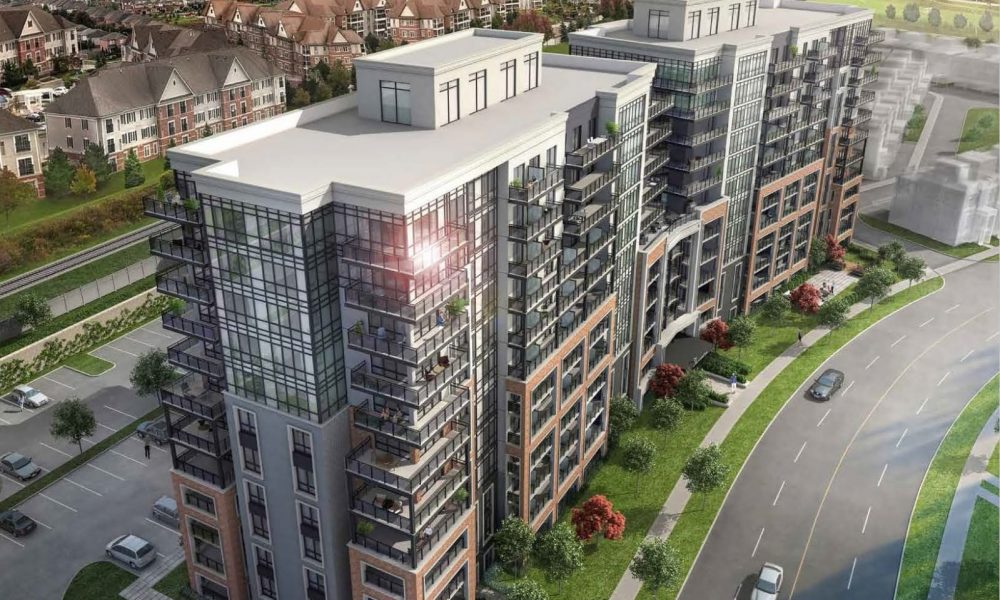Privacy concerns vary dramatically between different condominium layouts, affecting everything from noise exposure to visual seclusion and proximity to common areas. Each layout type offers distinct privacy advantages and challenges that potential buyers should evaluate against their personal preferences. Developments like promenade-peaks.com.sg showcase various floor plan options that cater to different privacy needs, from secluded corner units to open-concept designs that maximise space efficiency.
Stack position matters
Corner units typically offer superior privacy to middle units due to reduced shared walls with neighbours. These premium positions minimise noise transfer from adjacent homes and often feature additional windows on multiple sides. This arrangement creates natural sound buffers while providing greater control over visual exposure to neighbouring buildings or common areas. End units near elevator lobbies or stairwells face unique privacy considerations. While they benefit from having fewer neighbouring units, increased foot traffic and mechanical noise from elevators can create privacy challenges.
Residents in these positions often install additional soundproofing or use strategic furniture placement to mitigate these effects. Units directly facing or adjacent to amenity areas experience different privacy dynamics throughout the day and week. Morning gym users, weekend pool crowds, or evening gatherings in common spaces create predictable privacy patterns that residents should consider before purchasing. Thoughtful landscaping and strategic window placement can help balance convenience with seclusion in these locations.
Floor level effects
- Ground floor units contend with pedestrian visibility and access concerns
- Mid-level floors balance privacy with convenience
- Top floors gain overhead privacy but may lose it to penthouse amenities
- Units directly below community spaces face unique noise challenges
- Higher floors generally experience less noise from street-level activities
Lower-level units often implement additional privacy measures like specialised window treatments, strategic landscaping, or glass treatments that allow light while limiting exterior views. These modifications create protected spaces without sacrificing natural illumination, which makes homes feel open and inviting. Penthouse and top-floor units generally provide excellent overhead privacy but may experience unexpected visibility from rooftop amenities or neighbouring buildings. Residents seeking maximum privacy should examine sight lines from all angles, including those from taller surrounding structures that might overlook outdoor spaces.
Layout design impacts
Open-concept floor plans maximise space efficiency but create privacy challenges between living areas. Sound travels freely throughout these designs, making conversation, television, or kitchen activities audible throughout the home. Families with different schedules or activity preferences may struggle with noise management in open layouts.
- Traditional compartmentalised designs offer better sound isolation between rooms
- Semi-open concepts provide balanced flexibility with partial privacy walls
- Units with split bedrooms place sleeping areas on opposite sides
- Master suites with buffer spaces create additional privacy zones
- Layouts with dedicated home offices provide work-life separation
Bathroom and bedroom positioning relative to shared walls significantly impacts acoustic privacy. Buyers should note whether these private spaces adjoin neighbours’ living areas, which can create uncomfortable sound transfer situations. Quality developments position these rooms strategically to minimise potential privacy conflicts between adjacent units.
Privacy considerations vary based on individual sensitivity levels and lifestyle needs. What feels intrusive to one resident might be perfectly acceptable to another. Evaluating these factors during property viewings helps ensure your selected condominium layout aligns with your privacy expectations and daily living patterns.

